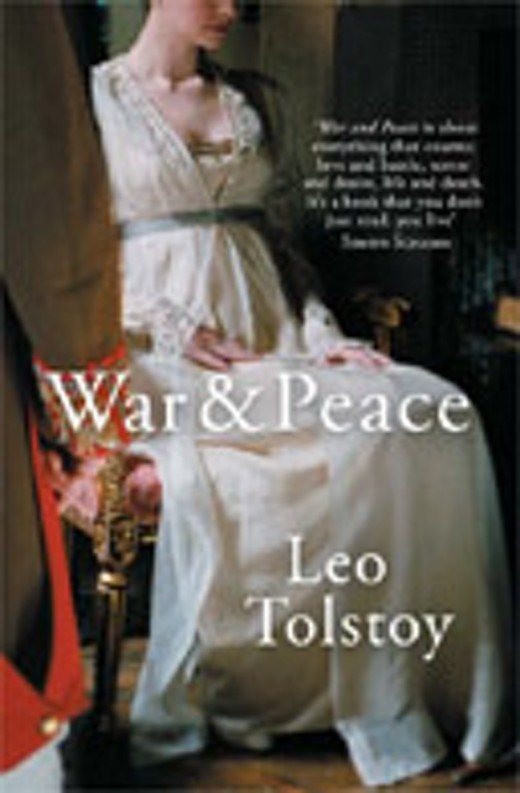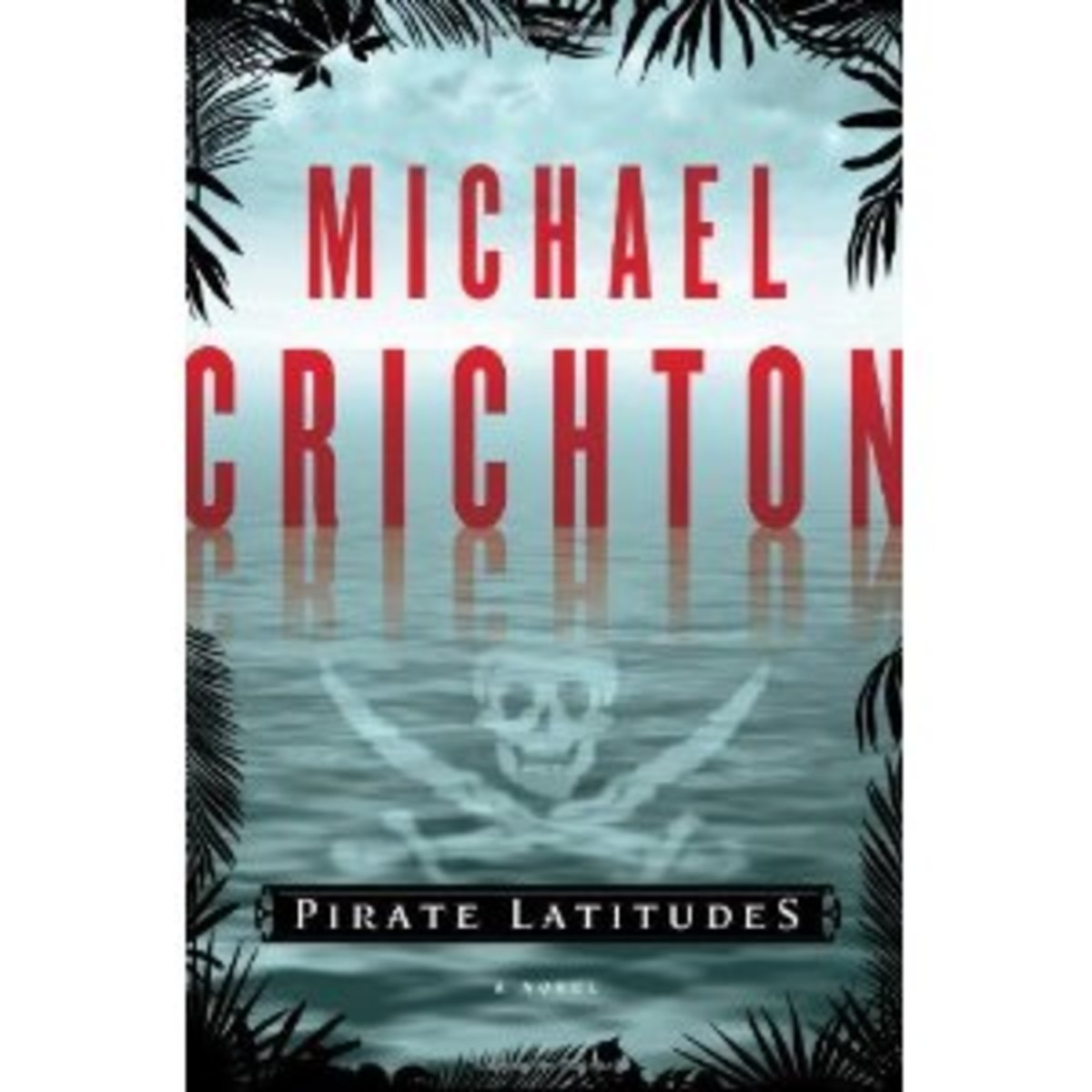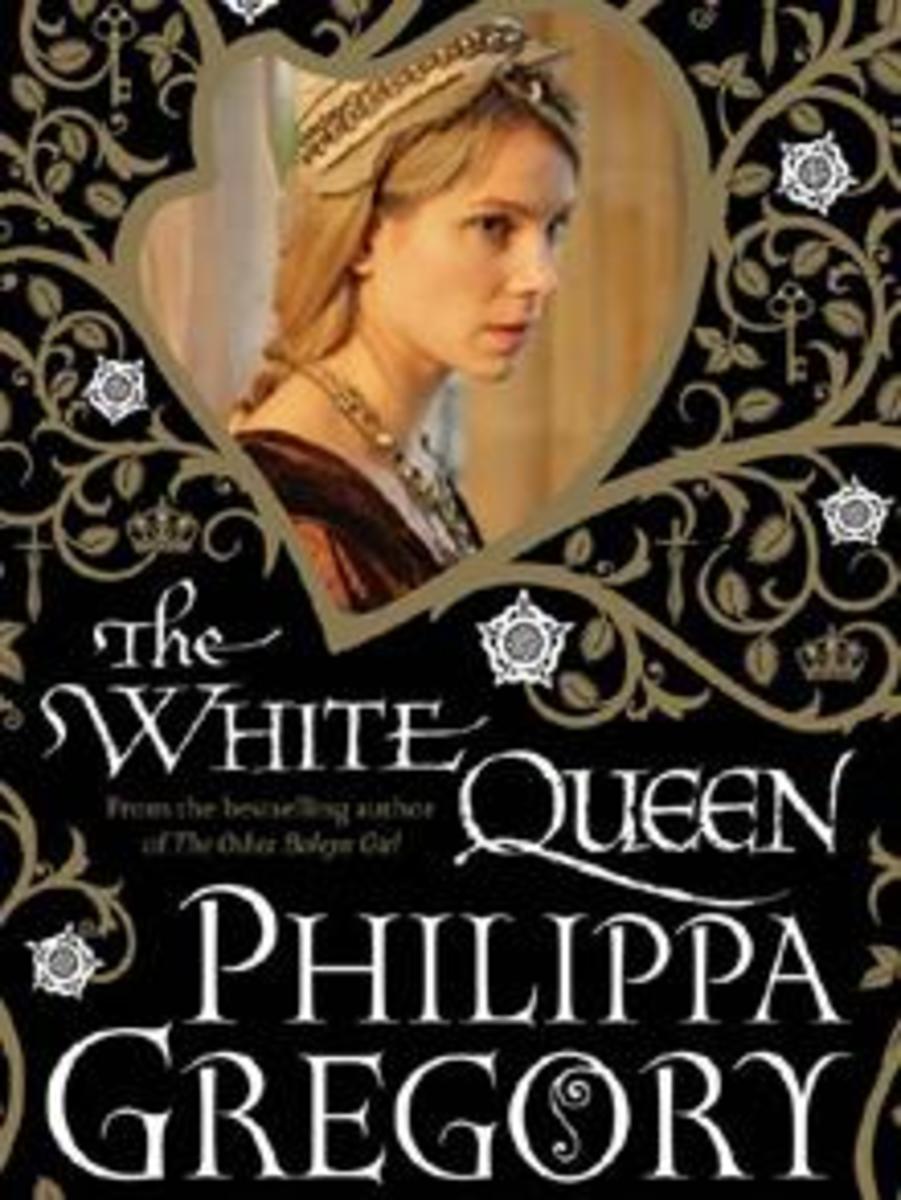War and Peace, Architecture of Family Relations Part 2: In which Sonya Emerges Heroine

In which Sonya Emerges Heroine
Now, it is to Rostof that all glory goes after the defeat of the Russians or should we say the defeat of the French by the Russians in the contested outcome of the Battle of Borodino. To Rostof, there is still a deep desire to keep his promise to Sonya, but this he relegates after many insinuations, financial and familial, to marry the rich but plain Princess Maria.
To Rostof, one must ascribe Hamlet-like decision making akin to the duke’s hallmark ‘to be or not to be’ phrase. For one, we find that after falling in with Princess Maria’s wagon caravan en-route from Moscow to escape the French invasion, we find that he feels genuine love for the princess who strikes him as noble even in the hour of distress. Later, this very emotion is blanketed by the forcible feeling of pride and personal complacency that has now heightened in Rostof post-the-count’s death whereby he has inherited plenty of debts. The catch here is that by vowing not to seek Maria’s hand in order to settle the debts through her great fortune, one emotion is ruling Rostof’s psyche: he wants to show Maria that it is a question of honor and he does not need her help to bring his credit woes to book.
In fact, it is this very emotion of dejection that is proudly fought that Maria transcends in Rostof and decides to approach him in an equivocal way while implying that she has deciphered what is coming between their love. After this only Sonya’s consent is needed for the union of sorts to go on: and since this was already given in a dubious letter after the ferocious influence of the countess, it is no longer a matter in the way.
Meanwhile, are there still elements of youth or naturalism in the two major characters as we saw in part one? Oh yeah. Tolstoy manages to show us a side of Rostof that lives on to the disadvantage of his peasants. This is the sentiment of lording-it-over. He whips his older servants after they make errors in accounts or management. But, due to the fact that every oval character changes in War and Peace, we find that through the influence of Maria, Rostof soon finds restraint from his whipping rampages out of her honor.
Maria, on the other hand, still retains her vigor with the exaction her late father taught her. She is a countess who keeps a daily diary of her three children and what more, manages to win over her husband to the sweet absurdity. To her naturalness is always and will always be manifest in her earnest mellow eyes that brilliantly, even coquettishly, manage to light up her dull, aging face.
Natasha and Bezukhof
The other family unit that is, arguably, to many the hero and heroine of War and Peace is that of Prince Bezukhof, alias Pierre, and Natasha. To Natasha, Bezukhof owes the happiness of the latter days of his life which have gained an exorable grip at life. He no longer thinks so much from a Masonic point of view, and has even relinquished some of his hard-line stances, to favor Natasha who does not care a pair of pins about them. Still, he has formed a clandestine society for the edification of Russia which is the idea, in fact, that the book closes with, when Petya sees himself and Pierre heading towards the direction of a better country that is ruled by ideas. There is also Petya’s dream dislike of his uncle Rostof, apparently for disagreeing politically with his hero, Pierre. Rostof, through a great debater, holds forth with the conformist point of view. He would break Pierre should the current regime instruct him to oppose an insurrection whose behemoth is Pierre.
Have they changed and are they like all happy families which are, according to Tolstoy’s Anna Karenina, alike?
Yes, Natasha has changed a lot. She has become the latest victim to her natural joviality. She has grown into a shadow of her former self. That is, she has become corpulent and even fat, after what the author calls the ‘fruitful female’ sets in with the birth of her four children. Of course, from a naturalistic point of view, this is the caustic result of a jovial character that is ruled only by emotions and what is right. In fact, we do not meet with an intellectual side of Natasha apart from when she is using her intuition so exactly to order servants: she helps hasten the packing of bags during their evacuation from Moscow and all this may seem like a keen intelligence to an observer.
Natasha is still merry and is only troubled with how to reign in her husband so that he does not get lost in the tide of ideas and travel. As a show of her unerring vigor, she gives ultimatums of travel and chooses how many days Bezukhof is to stay away from her. She also still extols in funereal show of emotion that has washed the leaves of the great book from the start to the end. For instance, once Pierre exceeds his ultimatum to return on a certain day after a conference with a certain prince with whom they are sharing revolutionary ideas her only joy turns out to be the presence of her children. But she keeps a mournful presence that is averting to those near her. Talk about change.
Prince Bezukhof, on the other hand, is a changed man. His portly figure has undergone a lot of turns and twists too, since his release as a prisoner of war. He has grown bigger in girth. However, he has, unlike earlier when married to Elena, begin to show more attachment to family life. He discusses even petty issues, including communal gossip with his wife, Natasha, as any man and woman would do.
There is also the humbleness that this great figure has always brought in his wake to families he has ever had a brush with throughout the book. For instance, his presence in Rostof and Maria’s matrimonial union always brings grins of satisfaction to servants. Rostof no longer mistreats his serfs during his presence. There are also always smiles in the faces of everyone as his comebacks always mean a gift or two for each little one in the great family.
Why did Tolstoy want both Rostofs and Bezukhofs to have each four children? Maybe it is in honor of the old instinct of competition, or it is that four has a balancing effect.
SONYA
Sonya to me is the hero and heroine of the book. Though a puppet to circumstances, she is never an outsider. She affects the safe unions of Natasha and Rostof by renouncing her intent to marry the latter in order to please the countess. Though she may have had an ulterior motive that the closing stages of the union between the then not dead Prince Andrei and Natasha could bring the natural failure of Rostof to go after Maria, usually a question of honor to most men when marrying from each other’s families, it is still a great sacrifice that Sonya helped save Maria from an old maid’s curse and Rostof’s family from financial ruin. She even continues to live with them and elicits jealousy of, especially Maria, who has become like the new countess in her vile reproaches of the girl full of angst. But why she continues to live with them is a question that still nags.
It must be an elegy to love, as War and peace is from a familial point of view not just a war story but an elegy to love.








